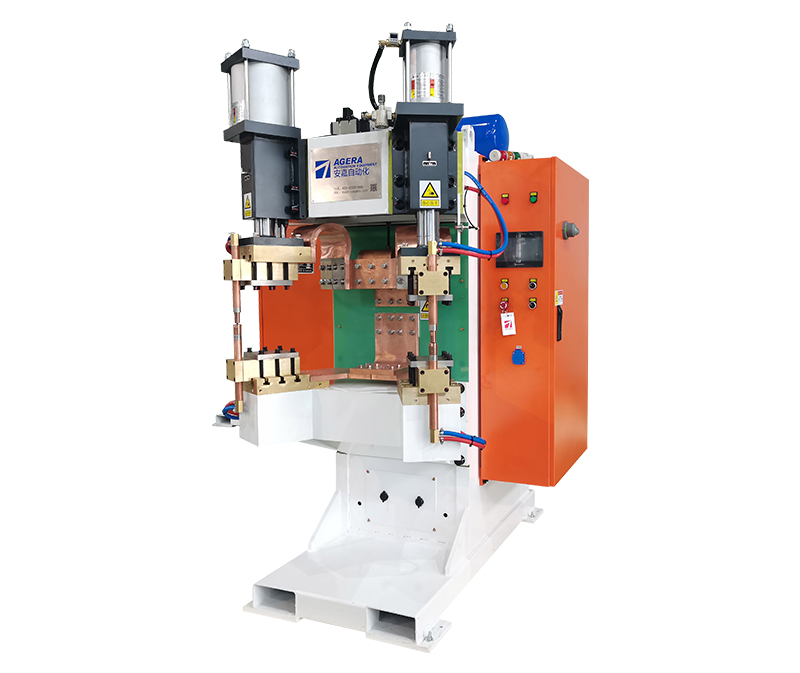What Should You Pay Attention to When Using a Nut Spot Welding Machine?
When operating a nut spot welding machine, it is crucial to adhere to safety guidelines and follow best practices to ensure efficient and secure operation. Here are some key points to keep in mind:
- Safety First: Always prioritize safety. Ensure that you and those around you are wearing appropriate safety gear, including safety glasses and protective gloves.
- Machine Inspection: Before use, thoroughly inspect the welding machine. Check for any loose components, damaged cables, or faulty electrical connections. If any issues are identified, repair or replace the parts as necessary.
- Proper Setup: Make sure the machine is set up correctly according to the manufacturer’s instructions. This includes the positioning of the welding gun, the workpiece, and the power settings.
- Electrical Connections: Ensure that the welding machine is properly grounded to prevent electrical shocks or other hazards. Verify that all electrical connections are secure and in good condition.
- Material Compatibility: Confirm that the nut and the workpiece material are compatible. Using dissimilar metals can lead to poor welds or material degradation. Consult the machine’s manual for material compatibility recommendations.
- Welding Parameters: Set the appropriate welding parameters, including current, voltage, and weld time. These settings may vary depending on the thickness and type of materials being welded.
- Workpiece Preparation: Prepare the workpiece by cleaning it of any contaminants, such as oil, rust, or paint. Properly align the nut with the workpiece to ensure a strong and secure weld.
- Quality Control: Inspect the quality of each weld. Look for signs of incomplete penetration, burn-through, or poor bonding. Adjust the machine settings as needed to achieve optimal results.
- Operator Training: Ensure that the machine operator has received proper training in using the equipment. They should be familiar with safety protocols and operational procedures.
- Ventilation: If the welding process produces fumes or smoke, make sure there is adequate ventilation in the workspace. This will help maintain air quality and protect the health of operators.
- Emergency Procedures: Familiarize yourself with emergency shutdown procedures and the location of fire extinguishers in case of an unexpected incident.
- Maintenance Schedule: Implement a regular maintenance schedule to keep the welding machine in optimal condition. This includes cleaning, lubricating moving parts, and inspecting for wear and tear.
- Record Keeping: Keep records of welding parameters, maintenance, and any incidents. This documentation can be valuable for troubleshooting and ensuring consistent quality.
In conclusion, when using a nut spot welding machine, safety and precision should be your top priorities. By following these guidelines and manufacturer recommendations, you can ensure a safe and efficient welding process that produces high-quality results.
